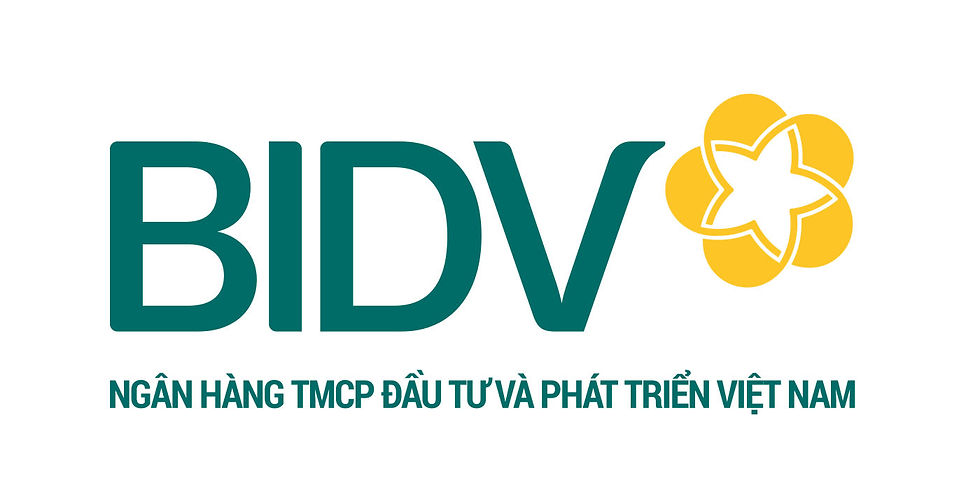Interpretation Of Equine Laboratory Diagnostics Download Pdf
LINK ->>> https://tinurll.com/2sXqBd
Interpretation of Equine Laboratory Diagnostics offers a comprehensive approach to equine laboratory diagnostics, including hematology, clinical chemistry, serology, body fluid analysis, microbiology, clinical parasitology, endocrinology, immunology, and molecular diagnostics.
The UC Davis Real-time PCR Research and Diagnostics Core Facility performs equine influenza A (H3N8) testing as part of an equine respiratory panel that also tests for equine herpesvirus 1 and 4, Streptococcus equi subspecies equi, equine rhinitis A virus, and equine rhinitis B virus. Quantitative PCR (qPCR) is quick (same day turnaround time), highly sensitive, accurate, and specific. This is the only laboratory that includes clade differentiation (identification of clade 1 vs. clade 2) in standard testing protocols. From 2017 to February 2019, the UC Davis facility tested 3475 samples, 273 (7.86%) of which tested positive by qPCR for EIV.
An increase in events and corresponding increases in transportation of horses lead to outbreaks of infectious diseases like equine influenza. Proper biosecurity measures, protocols to reduce pathogen transmission, and awareness of signs of illness are important prevention measures. Handlers should communicate with owners and veterinarians at event facilities to determine risk and reevaluate vaccination schedules as needed. Quarantine newly arrived horses away from the resident population for a sufficient amount of time to ensure that they are not bringing in any infectious diseases. Familiarize yourself with clinical signs of equine influenza and be on particular lookout for them during winter months. If flu is suspected, have your veterinarian collect appropriate samples and send them to a diagnostic laboratory for testing. Adequate precautions and increased awareness will minimize the spread of this highly infectious respiratory disease.
Stakeholders have asked for clarification as to which data elements should be prioritized for collection and reporting and which data elements should be collected at a minimum for state and federal reporting. Therefore, HHS is providing the "Mandatory Minimum Core Data Elements for All COVID-19 Diagnostic Test Reporting" table. This table, now available as an Excel download, represents the data elements identified in the CARES Act and defined in the HHS COVID-19 technical specifications for laboratory-based and non-laboratory-based tests combined into one streamlined table, and it also clarifies which data elements are considered the mandatory minimum for federal and state capture and reporting of laboratory-based testing at this time.
History, status of the horse industry, breeds. Application of management skills, safety, conformation evaluation, hoof and leg conformation and care. Understanding equine behavior. Insurance and tax ramifications. Pedigree analysis. Alternate therapies. 3 lectures, 1 laboratory.
Coverage of current resources, techniques and methodologies used in animal research and biotechnology as well as experimental design, model assessment, and data interpretation with application to an experimental setting in the laboratory. 3 lectures, 2 laboratories.
The latest automated analysers are used in association with manual film reading to ensure the accuracy of our haematology and cytology results. Use of the latest digital microscopes also enables us to capture images and, if necessary, obtain interpretations from recognised specialists in haematology and cytology fast and at no extra cost to you. Respiratory cytology is an area of expertise within the laboratory and we are pleased to handle large numbers of tracheal wash and bronchoalveolar lavage samples.
Endocrinology is an area of interest within the laboratory with the clinicians involved having published widely on endocrine diseases associated with both laminitis and equine reproduction. We offer a wide range of endocrine assays and are actively researching in this area.
The total weighted knowledge score was moderate (66.9%), with lowest scores for cost of laboratory tests (673/1170, 57.5%), test reliability (specificity and sensitivity) (744/1170, 63.6%), and test result interpretation (e.g., interpreting poultry antibody titres) (771/1170, 65.9%) (Fig. 3).
The top topics that respondents regarded as most beneficial to receive refresher training on were training in laboratory diagnostics (165/234, 70.5%), followed by antimicrobial resistance and antibiotic sensitivity testing (153/234, 65.4%), and diagnosis and treatment of common livestock diseases (143/234, 61.1%) (Supplementary Table 5).
The self-rated knowledge of participants on antimicrobial resistance, epidemiology, disease prevention, and laboratory diagnostic testing, ranged from moderate (from 55 to 75% of total score) to high (from 76 to 100% of total score). The lowest knowledge areas were laboratory testing, mainly knowledge of the laboratory tests locally available, interpretation of test results, understanding of test sensitivity and specificity, and costs of laboratory tests. The low knowledge on available laboratory tests may be linked to a reduced or lack of access to diagnostic laboratories. Almost 77% of the respondents reported that accessing a diagnostic laboratory is challenging and over 67% reported that laboratories are unavailable in their work areas. In 2016, only five regional laboratories were reported in the country and two of the five were almost inactive, and clinicians reported rare use of the laboratory (Hooper, 2016).
In conclusion, the study findings suggest the following areas are relevant and can be prioritised when considering CPD to strengthen the skills of animal health professionals in Ethiopia: laboratory diagnostics and testing, including test cost and knowledge of local availability of laboratory tests, costs, result interpretation (test specificity and sensitivity), and sample storage procedures; knowledge on appropriate use of antimicrobial sensitivity testing and how to minimise AMR; diagnosis and treatment of main diseases of cattle, poultry, sheep, and goats; basic epidemiology including disease surveillance, outbreak investigation, transboundary, emerging, zoonotic, notifiable/reportable diseases, animal tracking, and animal movement restriction and quarantine; basic clinical skills including conduct of general examination, blood sampling, and rectal examination; and advanced clinical procedures including caesarean section or diagnosis and treatment of lameness in ruminants, camels, and equids. 2b1af7f3a8

















